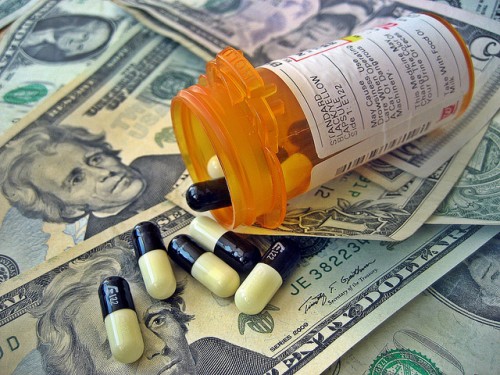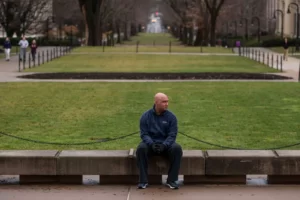The lack of U.S. emergency savings is a news story that consistently receives attention, but the statistics just aren’t budging.
According to the Federal Reserve Board, four in every 10 Americans don’t have the money to pay for a $400 emergency. “Spending & Saving Tracker” research conducted by American Express in 2014 found that nearly half (47%) had had an unexpected expense in the previous 12 months. Car repairs and medical bills topped the list of the most expensive emergencies then, and still do.
So it makes good sense to plan ahead. Local business reporters can drive this story home by looking into one, or all, of these overlooked strategies to help their readers prepare for emergencies:
Read Your Health Insurance Policy!
According to a 2019 study published by the U.S. Department of Health and Human Services, most adults flunk when it comes to “health literacy”—where to find, and how to understand, basic health information and services to help them make appropriate health decisions. But there are two challenges: Many consumers don’t read their policies, and don’t know the costs involved, which can change from year to year. Assemble a panel of readers representing your news organization’s demographic. Have a few health care experts on hand to help them decipher the language. This story will write itself as you listen to the terms that cause the most confusion. For experts, contact your state’s health services division, and also the regional HHS office. Another good source: the Kaiser Family Foundation.
Save Your “OOP”
It’s smart to include the out-of-pocket maximum in your budget, say financial experts. That’s the most you’ll have to pay for covered services in a plan year, but the number can definitely cause sticker shock: For a 2019 Marketplace plan administered by healthcare.gov, the average out-of-pocket limit is a heart-stopping $7,900 for an individual plan and $15,800 for a family plan. This cost may be lower on an employer-provided health insurance, but still cost thousands of dollars. How many readers on your panel know their number, and have saved enough money to cover a medical emergency or other unexpected bill? Add a Certified Financial Planner (CFP) to the discussion for tips on how to reach their “OOP” within a reasonable period of time.
Expect Emergencies
Many of us don’t want to think we’ll have an emergency until we are facing one, but unless you’re Amazon founder Jeff Bezos, it’s smart to save now for the unexpected. Interview a few behavioral economists for their insights on why we are resistant to so planning for emergencies. Richard Thaler is the godfather of the field, but Dan Ariely at Duke University just might talk to you if he’s not busy writing another book. Check out these tips from Consumer Federation of America (CFA), which runs an annual campaign on ways to save.










